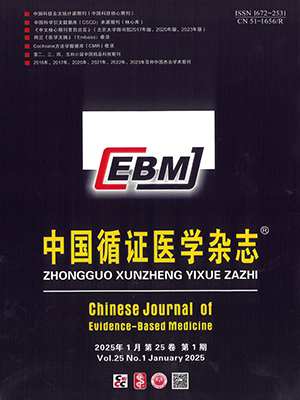Objective To study the efficacy of invasive ventilation in critical severe acute respiratory syndrome (SARS).
Methods Retrospective analysis was applied to study the efficacy of invasive ventilation and the effect of isolating and protecting measures in 6 critical SARS patients and the effect of isolation measures in ICU from November 2002 to April 2003.
Results Six SARS patients were successfully weaned from mechanical ventilation and left hospital. Hypoxemia and oxygenation index(PaO2/FiO2)improved significantly after ventilation (P lt;0.01), peak inspiratory airway pressure (P=0.002), mean airway pressure (P=0.004), and the level of positive expiration end pressure decreased significantly (P lt;0.001). Ventilator-associated pneumonia occurred in 5 patients. Sedatives were used less and the duration of ventilation was shorter when using PRVC compared with SIMV. There was no SARS nosocomial infection among medical staff, other patients and their families.
Conclusions Application of invasive ventilation and effective isolation measures could reduce the death rate, shorten the duration of ventilation, and also decrease SARS nosocomial infection.
Citation: ZHOU Lixin,YU Tieou,FANG Bin,LI Yinan,WEN Weibiao,ZOU Yicheng,MA Mingyuan,MAO Kejiang. Invasive Ventilation in Critical Patients with Severe Acute Respiratory Syndrome(SARS). Chinese Journal of Evidence-Based Medicine, 2004, 04(8): 573-577. doi: Copy
Copyright © the editorial department of Chinese Journal of Evidence-Based Medicine of West China Medical Publisher. All rights reserved




